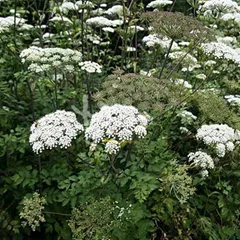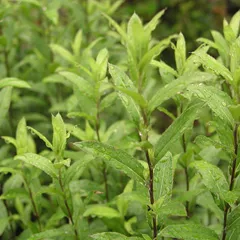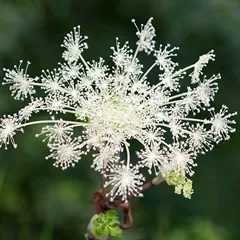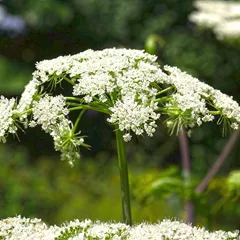Damp-Wind
The information provided here is not a replacement for a doctor. You shouldn't use it for the purpose of self-diagnosing or self-medicating but rather so you can have a more informed discussion with a professional TCM practitioner.
At a glance
Preliminary reading: What is a pattern? The concept of Wind The concept of Damp
Key attributes
Chinese name: 风湿 Pinyin name: Fēng Shī
Pattern nature: Full
Pattern hierarchy: General pattern
Common combinations: Wind-Cold-Damp invading with Qi Deficiency
Causes
Common causes: External Wind and Damp
Diagnosis
Common symptoms: Fever Nausea Sweating Body aches Muscle ache and five other symptoms
Pulse type(s): Slippery (Hua), Floating (Fu)
Tongue description: sticky white coating
Treatment
Treatment principle: Release Wind from the Exterior, clear Dampness, tonify the Spleen Qi.
Common formulas: Qiang Huo Sheng Shi Tang Jiu Wei Qiang Huo Tang Cang Er Zi San and three other formulas
Pathology
This pattern indicates the early stage of Exterior Wind and Dampness invasion. When there is Dampness obstructing the Connecting channels, it gives rise to swollen glands in the neck. When it obstructs the joints, it leads to pain there. It can also cause muscle ache and feeling of heaviness if the Damp is in the muscles.
As for the symptoms caused by external Wind, aversion to cold is the most typical one. It is because the Wind invasion impairs the Lung's function of dispersing Defensive Qi between the muscle and skin so that they can not be warmed properly. Apart from that, other symptoms include sneezing, coughing, runny nose, fever, occipital stiffness and headache. The pulse is Floating.
The Lung is one of the most vulnerable Organs for external Pernicious Influences.
Causes
External Wind and Damp: Exposure to windy and wet environment can cause this pattern.
Diagnosing Damp-Wind
Diagnosing a pattern in Chinese Medicine is no easy feat and should be left to professional practitioners. In particular one has to know how to differentiate between different types of pulses and tongue coatings, shapes and colors as well as learn to read from a long list of seemingly unrelated symptoms.
Pulse type(s): Slippery (Hua) or floating (Fu)
Tongue description: sticky white coating
Main symptoms: Fever Nausea Sweating Body aches Muscle ache Swollen joints Aversion to cold Swollen neck glands Occipital stiffness Feeling of heaviness
Diagnosis commentary: Key characteristic symptoms of this pattern are the aversion to cold, Swollen neck gland, and body ache.
Treating Damp-Wind
Treatment principle
Release Wind from the Exterior, clear Dampness, tonify the Spleen Qi.
Herbal formulas used to treat Damp-Wind
Jiu Wei Qiang Huo Tang
Source date: 1308 AD
Number of ingredients: 9 herbs
Key actions: Induces sweating . Dispels Dampness. Expels Wind-Cold. Clears Interior Heat .
Formula summary
Jiu Wei Qiang Huo Tang is a 9-ingredient Chinese Medicine formula. Invented in 1308 AD, it belongs to the category of formulas that clear Wind-Cold.
Besides Damp-Wind, Jiu Wei Qiang Huo Tang is also used to treat Wind-Cold.
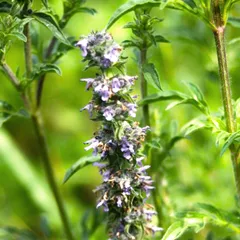
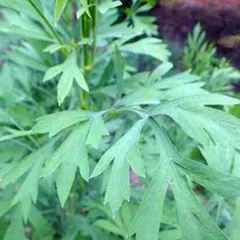
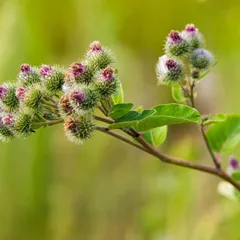
The top herbs in Xiao Feng San are Japanese Catnip (Jing Jie), Saposhnikovia Roots (Fang Feng) and Greater Burdock Fruits (Niu Bang Zi)
Xiao Feng San
Source date: 1617 AD
Number of ingredients: 13 herbs
Key actions: Disperses Wind. Eliminates Dampness. Clears Heat. Cools the Blood.
Formula summary
Xiao Feng San is a 13-ingredient Chinese Medicine formula. Invented in 1617 AD, it belongs to the category of formulas that dredge and disperse External Wind.
Besides Damp-Wind, Xiao Feng San is also used to treat Wind-Heat.
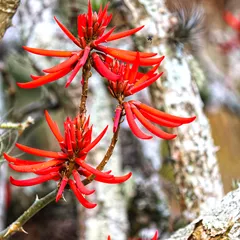
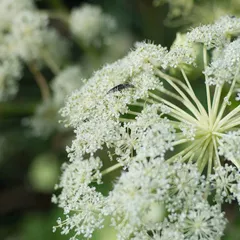
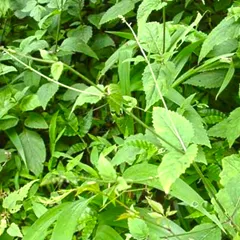
The top herbs in Hai Tong Pi Tang are Erythrinae Barks (Hai Tong Pi), Angelica Roots (Bai Zhi) and Garden Balsam Stems (Tou Gu Cao)
Hai Tong Pi Tang
Source date: 1742 AD
Number of ingredients: 12 herbs
Key actions: Invigorates the Blood. Disperses swelling. Dispels Wind, Dampness and Cold. Removes Stagnation and relieves pain.
Formula summary
Hai Tong Pi Tang is a 12-ingredient Chinese Medicine formula. Invented in 1742 AD, it belongs to the category of external formulas for External disorders.
Besides Damp-Wind, Hai Tong Pi Tang is also used to treat Blood Stagnation.
Qiang Huo Sheng Shi Tang
Formula summary
Qiang Huo Sheng Shi Tang is a 7-ingredient Chinese Medicine formula. Invented in 1247 AD, it belongs to the category of formulas that dispel Wind-Damp.
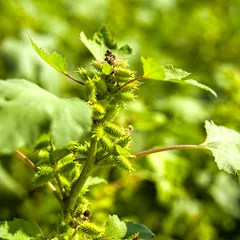


The top herbs in Cang Er Zi San are Cocklebur Fruits (Cang Er Zi ), Biond’S Magnolia Flowers (Xin Yi Hua) and Angelica Roots (Bai Zhi)
Cang Er Zi San
Source date: 1253
Number of ingredients: 5 herbs
Key actions: Disperses Wind. Relieves pain. Unblocks the nose.
Formula summary
Cang Er Zi San is a 5-ingredient Chinese Medicine formula. Invented in 1253, it belongs to the category of formulas that dredge and disperse External Wind.
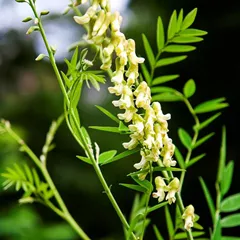
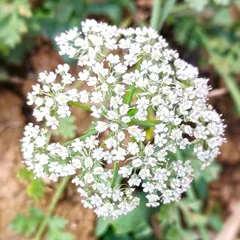
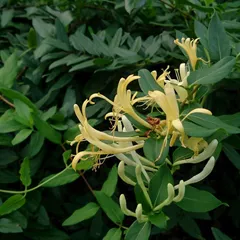
The top herbs in Ku Shen Tang are Sophora Roots (Ku Shen), Cnidium Seeds (She Chuang Zi) and Honeysuckle Flowers (Jin Yin Hua)
Ku Shen Tang
Source date: 1806 AD
Number of ingredients: 8 herbs
Key actions: Dispels Wind. Dries Dampness. Kills parasites. Relieves itching.
Formula summary
Ku Shen Tang is a 8-ingredient Chinese Medicine formula. Invented in 1806 AD, it belongs to the category of external formulas for External disorders.

